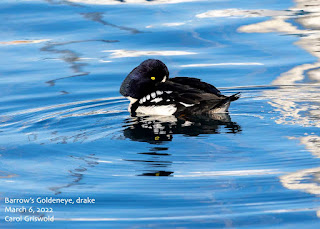Seward, Alaska
A Northern Elephant Seal was reported hauled out along Waterfront Beach in front of town on Friday afternoon, March 11. It soon disappeared, likely due to disruption by passing people and dogs on the nearby waterfront path.
A few days later, it lumbered up a boat ramp at the fenced Seward Marine Science Center next to the Alaska Sealife Center. There, it rested in peace behind the locked gate. Staff from the ASLC surveilled it from a distance and determined that it was a juvenile.
It suffered numerous cuts and scrapes. Distinctive circular wounds were attributed to cookie cutter sharks, a foot-long shark that inhabits warm, oceanic water 64-79º like southern California and farther south.
Elephant seals have visited Seward in the past, causing quite a stir, but this is the earliest record. In May of 2019 two hauled out on Seward area beaches to rest and molt.
After lingering at the Seward Marine Science Center parking lot for a few days, it disappeared once again.
Elephant seals are true seals like our harbor seals. They spend most of their lives at sea, coming ashore only to give birth, breed, and molt. They are famous for migrating many thousands of miles from their breeding grounds in California or Baja California. The males feed along the continental shelf near the eastern Aleutian Islands and in the Gulf of Alaska; the females feed in the offshore waters of the NE Pacific Ocean but as far west as Hawaii.
It's not called "elephant" for nothing. The females can weigh from 880-1,980 pounds and grow to 8-12 feet long; the males range from 3,300-5,100 pounds and 13-16' in length. Some males weigh up to 8,200 pounds!!!
The males develop a large proboscis reminiscent of an elephant's trunk, which is used to make loud, roaring sounds, and also as a rebreather to reabsorb and conserve moisture while stationed without food or water on their breeding beach.
Thanks to Wiki and NOAA for these and many other details about their incredible lives. What a treat to get a glimpse of this fascinating seal, resting and recuperating on our northern shores.
Happy Birding! (while looking for elephant seals!)
Carol Griswold
Seward, Alaska













































